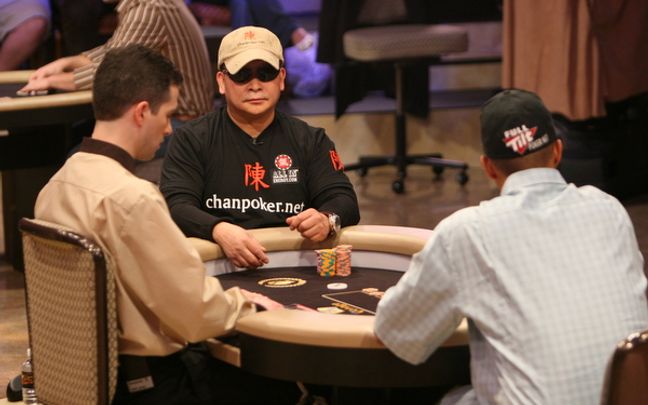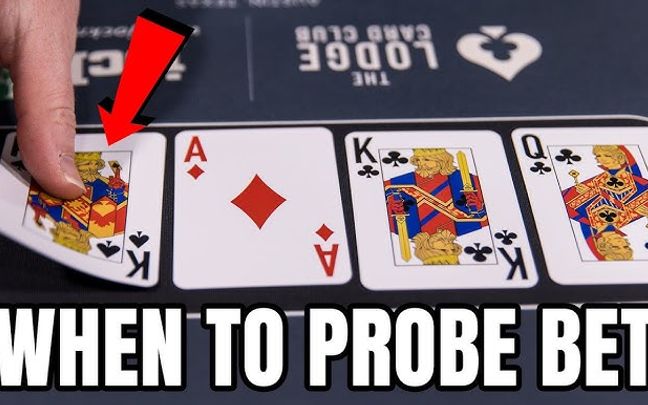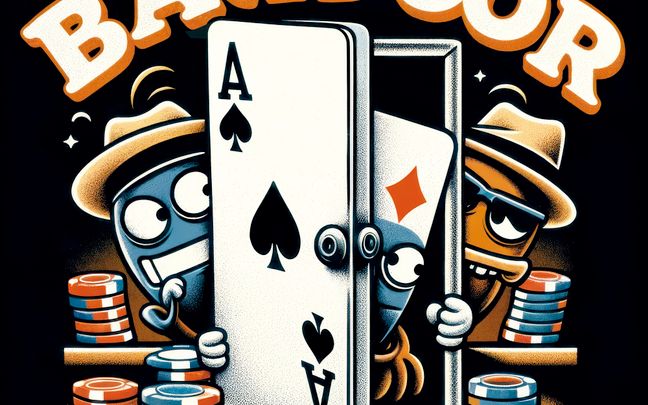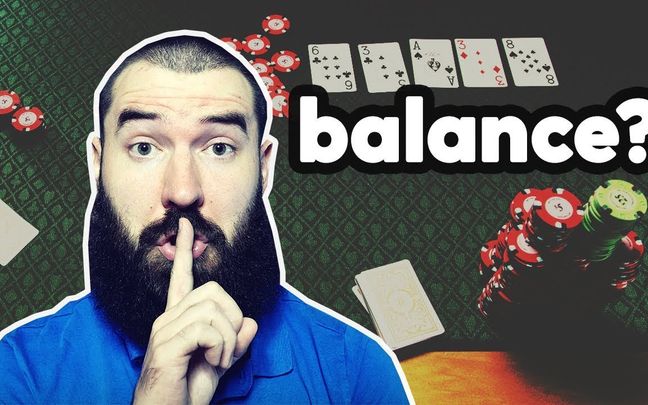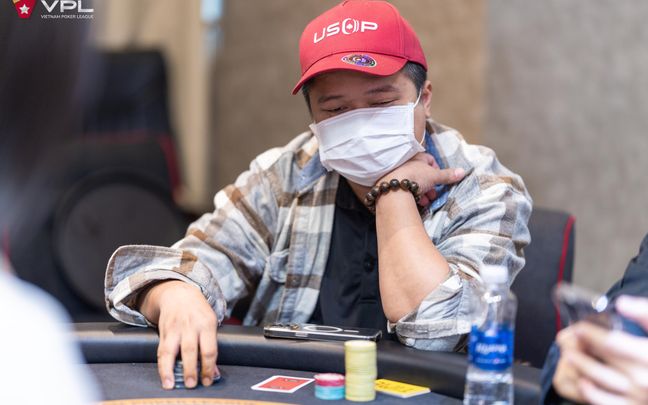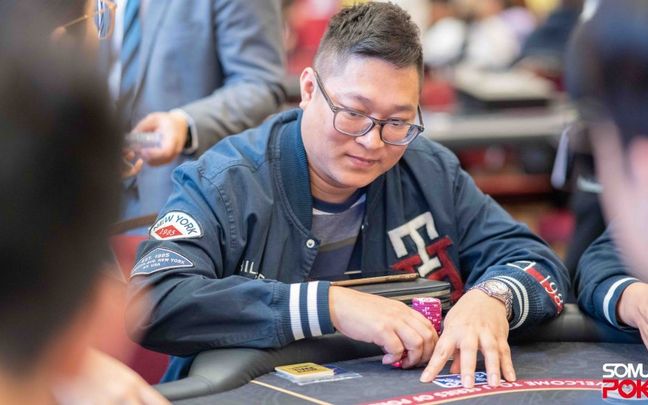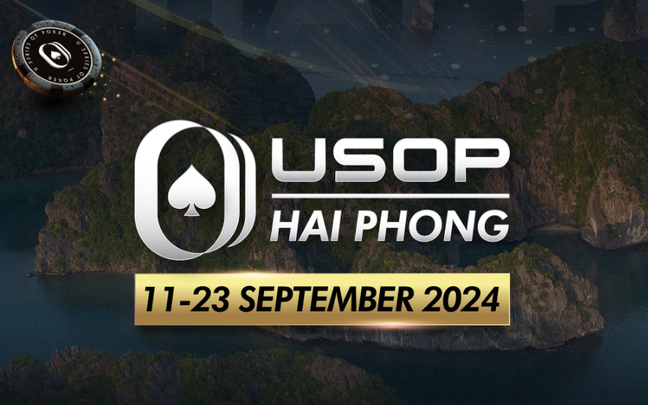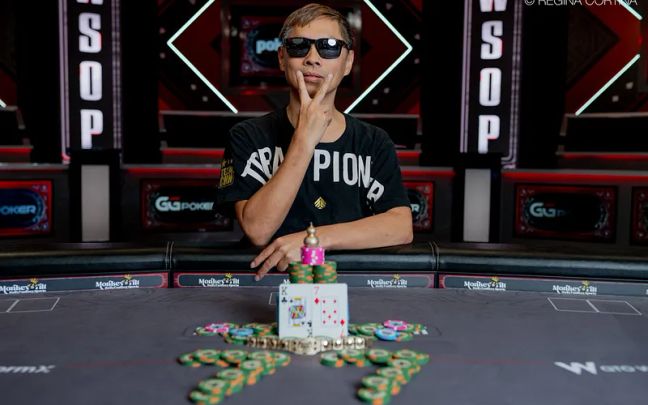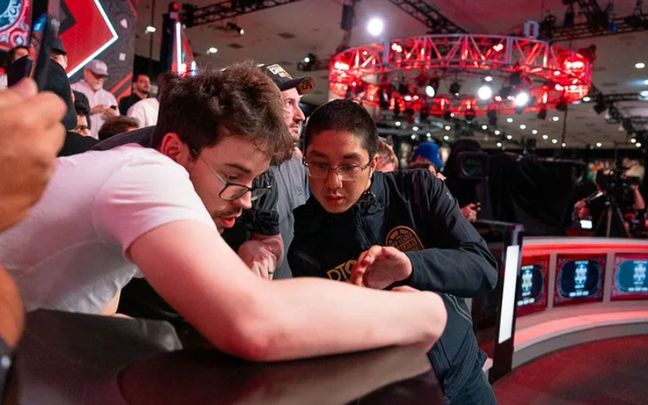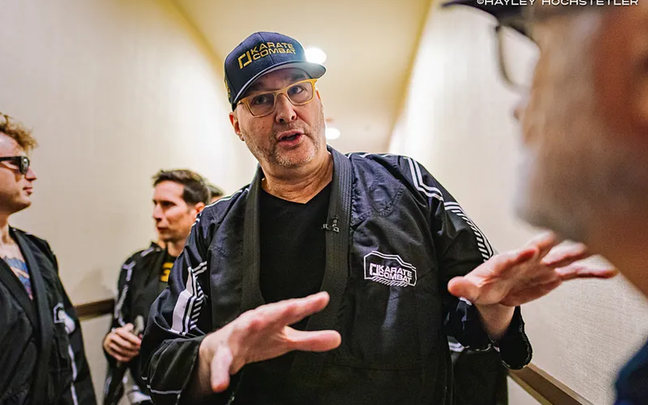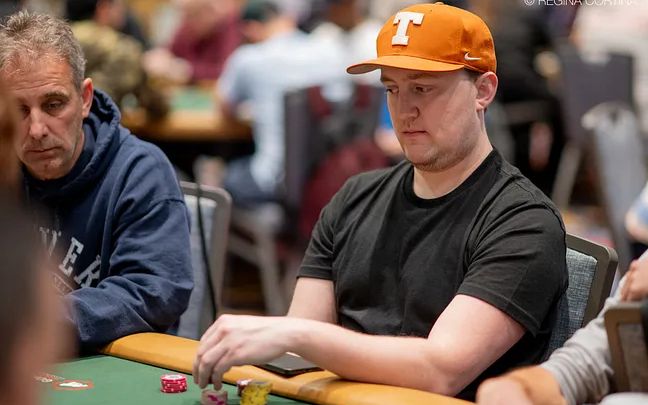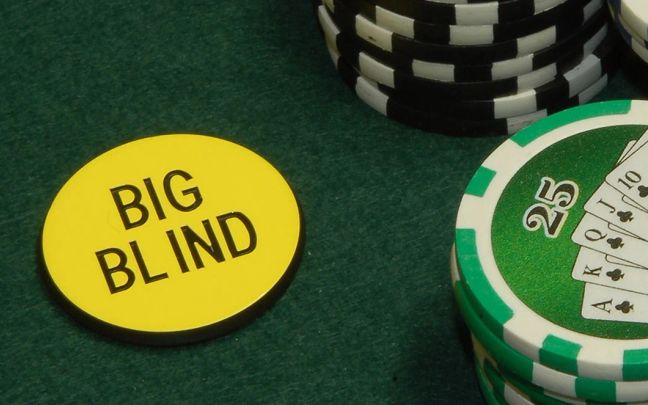Unlike re-entry tournaments, freezeouts only allow players to buy in once, preserving the integrity of the game. While they may not boast massive prize pools like re-entry events, freezeouts offer a level playing field where everyone has just one shot.
Freezeouts eliminate the financial advantage, ensuring that skill and strategy are the most crucial factors in achieving victory.
Strategy: The Three Stages of Freezeout Tournament Poker
In a freezeout tournament, an amateur player eliminating a professional is just as significant as any other elimination because there are no second chances. This creates an environment where patience, discipline, and calculated aggression are paramount from the start of the tournament.
This article will provide top tips on how to play poker in freezeout tournaments.
Early Game
If you register for a freezeout tournament from the beginning, you'll notice that you have plenty of big blinds to play with. However, just because you have many chips at your disposal doesn't mean you need to use them all right away.
It's commonly believed that chip preservation should be the primary strategy during the early stages of freezeout poker tournaments. Of course, you should maximize value from your made hands; however, it's not necessary to put yourself at risk with marginal hands (those that cause a lot of decision-making difficulties). There will be opportunities later to take stacks from other players, so remember that patience is key in the initial levels.
There's an argument that you should play more aggressively during the early stages of this format because you can capitalize on the mistakes of weaker players and punish them. However, if you misread a difficult situation, you may have to switch to survival mode early or even be eliminated.
Top Tips for Early Stage Play
- Avoid committing chips with marginal hands.
- Patience and discipline will help you navigate challenging situations.
- Maximize value with your completed strong hands.".
Middle Game
Your gameplay during the middle stage largely hinges on your stack size. While survival remains paramount, being proactive is key during this phase of the tournament.
If you're sitting with an average stack (~30BBs), consider increasing your frequency of blind steals. A effective tactic is applying pressure on the blinds in unopened pots when positioned late at the table. You can widen your pre-flop raising range and your continuation bets are likely to face less resistance, as just a few folds will allow you to scoop up blinds and antes.
This approach becomes more critical in the middle stage due to the increased value of chips. Snagging two to five big blinds when you have a stack around thirty is a significant boost.
Conversely, avoid getting into confrontations with opponents who hold larger stacks than yours. They can put you in difficult situations that risk elimination. Of course, if you have a genuinely strong hand, consider playing aggressively, but as in the early stage, exercise caution with medium-strength hands.
Another factor to consider during the middle levels is the bubble time, which often occurs around this phase. It's another opportunity to apply pressure on smaller stacks aiming to sneak into the money. Players with only a few big blinds are likely to fold to preserve their chances of making it ITM.
Top Tips for the Middle Game
- Apply pressure on smaller stacks approaching the bubble.
- Avoid clashes with larger stacks.
- Play aggressively from late positions to steal blinds
Late Game
At this stage, hopefully you've reached the money. Similar to earlier phases, how you play in the final stages of these tournaments is determined by the stack you've accumulated from previous levels.
Now is the time to devise a winning strategy; you've come this far, so aim for nothing less than tournament victory, especially if you hold a large stack.
If you have a deep stack, continue applying pressure on smaller stacks to increase your own chip count while weakening your opponents. You also have the advantage of not risking too much of your stack when folding pre-flop to someone's all-in or three-bet against your open. You can afford to take slightly riskier plays to put other players in tough spots.
When your stack dwindles to around 10-15 big blinds, adopting a shove or fold strategy becomes crucial. Stealing blinds at this point is paramount. From late positions, going all-in with any Ace, strong Broadway cards, pairs, and some suited connectors are reasonable moves, but always refer to a push/fold chart from all positions on the table to ensure your play is optimal.
Take time to grasp the fundamentals of ICM (Independent Chip Model) and endgame play as you approach or reach the final table. Sometimes, what seems like a call might actually be a fold decision based on the stacks around you and the proximity to payout jumps.
Top Tips for the Final Stage
- With a large stack, continue pressuring smaller stacks.
- Be mindful of ICM considerations.
- Memorize push/fold charts for all positions."
Conclusion
Participating in freezeout tournaments in poker demands a perfect blend of patience, discipline, and sharp strategic acumen. From the early stages of chip preservation, the middle phase's opportunistic play and pressure tactics, to the crucial endgame where ICM skills and situational awareness become paramount, every move plays a pivotal role in the journey to victory.
By understanding and applying specific strategies tailored to each tournament phase, you can optimize your chances and increase opportunities to claim top prizes. Whether facing seasoned professionals or recreational players, maintaining a fighting spirit and self-confidence will be the key to success in freezeout tournaments.
Wishing you the best of luck, and may you soon hoist the trophy in triumph!

